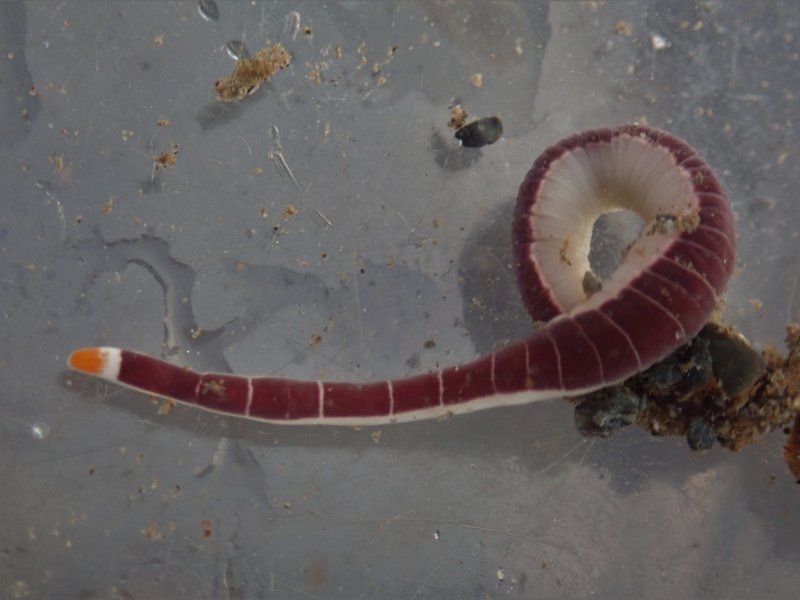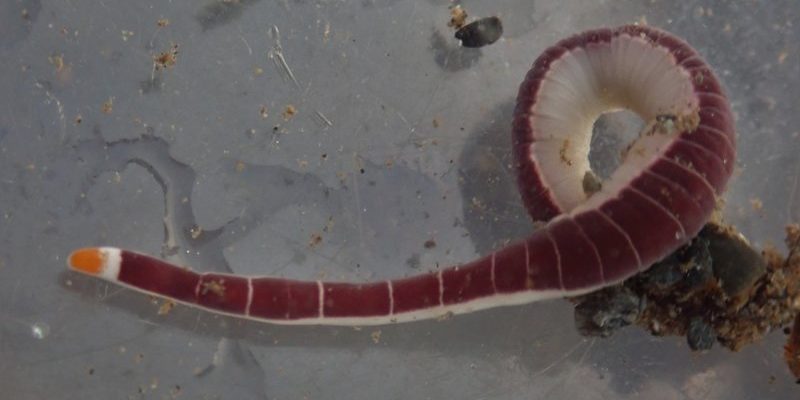
Ribbon worms thrive in specific environments, and understanding their habitat can significantly enhance your chances of spotting them. They are typically found in coastal areas, along shorelines, and in brackish waters. You might think of them as the shy artists of nature, blending into their surroundings while waiting for the right conditions to emerge. If you’re ready to go on a mini adventure, understanding where and when to search is key!
Understanding Ribbon Worm Habitats
Ribbon worms, or nemerteans as they’re scientifically known, often live in moist environments where they can easily burrow into the substrate. You’ll most commonly find them hiding in sandy or muddy bottoms, often near rocks or under seaweed. Think of them as the introverts of the sea—preferring to stay hidden, away from the hustle and bustle.
The key to spotting ribbon worms is knowing what type of habitat to look for. They thrive in places where they can soak up the moisture they need to survive. This means that tidal pools, marshlands, and even mangroves can be great locations. The mix of fresh and saltwater creates a perfect home for these quirky creatures. If you’re by the coast, try investigating the edges of tidal pools during low tide. That’s when they might make an appearance!
Timing: Best Times to Spot Ribbon Worms
Timing is everything when it comes to spotting ribbon worms. These creatures are more active during certain times of the day and year. Generally, they tend to emerge during early morning or late afternoon when the sun isn’t too harsh. You might be wondering why this matters—well, these periods are cooler, and ribbon worms prefer to avoid the heat of the day.
Another important factor is the time of year. During warmer months, ribbon worms are usually more active, making them easier to find. Spring and summer are prime time for your worm-spotting adventures. So, plan your outings during these seasons, especially after a light rain, when moisture levels are just right for these sleek critters.
Weather Conditions for Spotting Ribbon Worms
You might not think about the weather when looking for worms, but it plays a significant role. Ribbon worms are sensitive to changes in their surroundings. They thrive in humid conditions, so a few days of rain can create an ideal environment for spotting them. After a rainstorm, the landscape is rich with moisture, and these worms might venture out to explore.
Overcast days can also be perfect for ribbon worm searching. The cloud cover reduces the sunlight, creating a cooler temperature that makes these creatures more comfortable. On sunny days, they tend to hide deeper in the mud or sand. So, if it’s drizzly or cloudy, grab your boots and head to the shore!
Techniques for Spotting Ribbon Worms
Now that you know where and when to look, let’s talk about how to spot these slippery creatures successfully. Pay attention to the substrate—move slowly and gently stir the sand or mud to uncover them. You might even want to use a small shovel or a stick. Just be careful not to disturb their habitat too much.
Another effective method is to look for signs of their presence. Ribbon worms often leave trails or small burrows in the mud where they’ve moved. If you see these, it could be a good indication that they’re nearby. Honestly, being patient and observant is key. Sometimes, you’ll spot them when they least expect it, like a sudden splash of color amid the gray mud.
Respecting the Environment While Searching
When searching for ribbon worms, it’s crucial to respect their environment. These creatures are essential parts of their ecosystem, helping to keep it balanced. Avoid excessive digging or disturbing their habitat. Appreciate their beauty from a distance where possible.
If you do plan to catch a glimpse up close, make sure to handle the worms gently. They can be fragile, and too much handling can harm them. Remember, it’s all about observing and enjoying them in their natural habitat, not taking them home.
Where to Find Ribbon Worms Globally
If you’re itching to explore different locations for ribbon worms, you’re in luck! These intriguing creatures can be found worldwide—from the sandy shores of the Pacific to the marshes of Europe. Depending on your location, you might encounter different species of ribbon worms, each with unique colors and patterns.
For example, in the United States, the Atlantic coast is a prime spot for finding these creatures. States like Florida and North Carolina offer rich environments where ribbon worms thrive. If you’re traveling, check local tide pool guides to find the best spots to explore. Each area provides a unique opportunity to encounter these creatures.
Finding ribbon worms in the wild can be a delightful and rewarding experience. With a little knowledge about their habitats, the best times to spot them, and techniques for digging deeper, you can set out on your adventure with confidence. Remember to respect their environment and enjoy the journey.
So, whether you’re a seasoned nature enthusiast or just starting your exploration, get ready to dive into the world of ribbon worms. You might just find that these creatures add a whole new layer to your appreciation of nature. Happy worm spotting!

